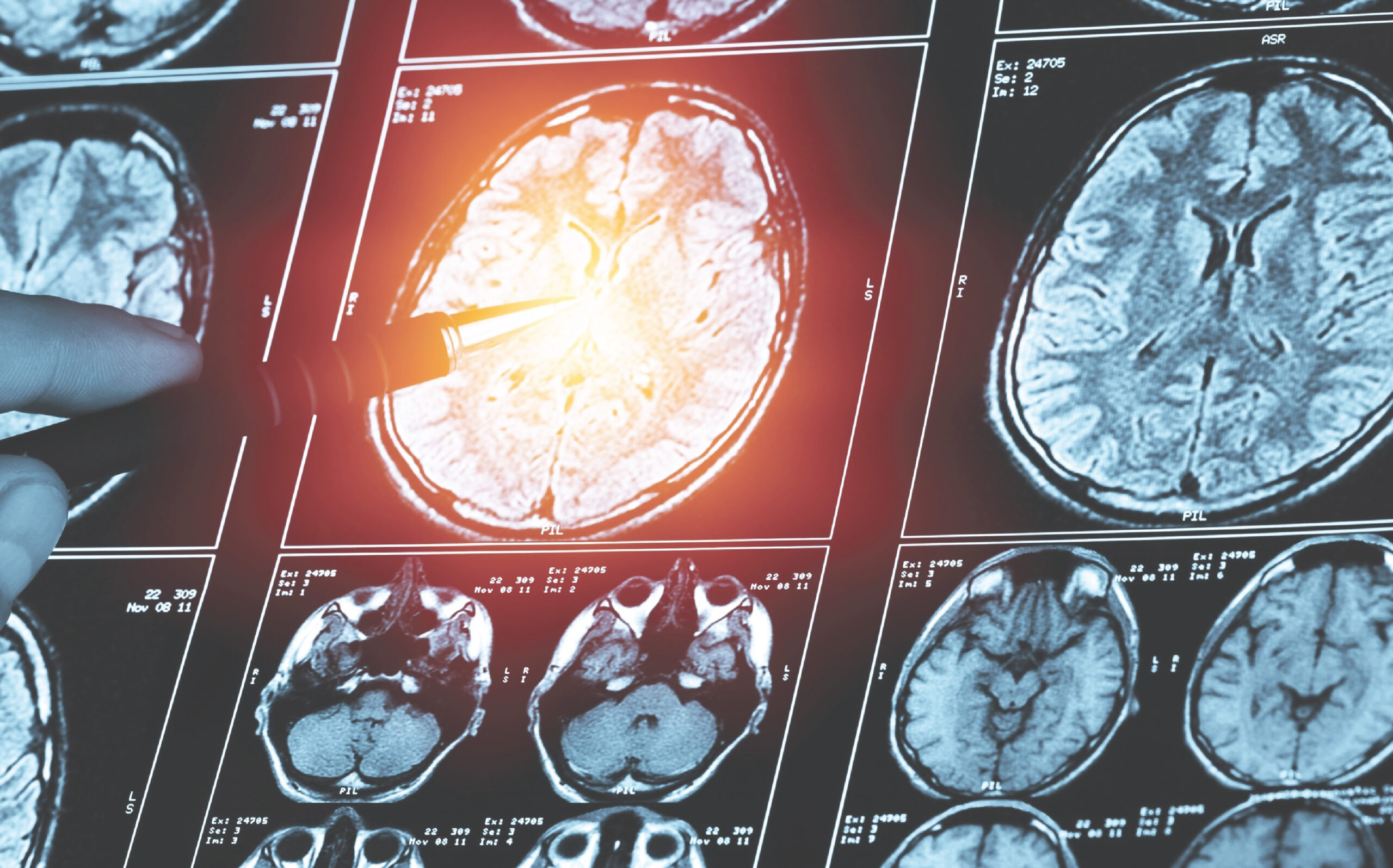What are some of the latest advancements in stroke rehabilitation and therapy that you believe hold promise for improving patient outcomes?
Best chance of recovery occurs within the 1st 3 months after stroke. Regular physiotherapy and rehabilitation are crucial for stroke recovery.
The emotional toll of strokes is significant, not only for survivors but also for their families. How does your work address the psychological and emotional aspects of stroke recovery?
Around 1 in 6 strokes are linked to depression and stress. People who experience poor mental well-being are almost two times greater risk of stroke and TIA (mini strokes) particularly in adults who are middle-aged and older.
15-25% of stroke survivors developed depression, as they are unable to ambulate, talk and swallow as before. They need regular care from caretakers, which will make them feel worthless. I will usually screen for depression in all my stroke patients , including their caretakers.
Strokes can impact various cognitive functions. Could you elaborate on how stroke survivors and their healthcare teams work together to address cognitive challenges during recovery?
The prevalence of post stroke/vascular dementia is 10-25%. The most significant symptoms of vascular dementia tend to involve speed of thinking and problem-solving rather than memory loss, which happens in Alzheimer disease.
Stroke research is constantly evolving. What are some recent breakthroughs or discoveries that have reshaped our understanding of strokes and their potential treatments?
If patient develop stroke due to blockage of large blood vessel, doctors can perform mechanical thrombectomy (clot retrieval treatment). It is a highly effective treatment & increases the chance of a good outcome by more than 50%.
For every 100 patients treated, 38 will have a less disabled outcome, and 20 more will achieve functional independence.
As previously mentioned, stroke thrombolysis is only effective if given within 4.5H. However, with new technology, doctors are able to provide treatment up to 24H or beyond.
Looking forward, what are your hopes for the future in terms of stroke awareness, prevention, and treatment?
Stroke awareness is still low not only among general public, but also healthcare personal. We need to educate public, from young to elderly about the BEFAST symptoms:
- Balance
- Eye blur
- Face asymmetry
- Arm weak
- Speech slurred
- Time to call for help
Early recognition makes a big difference.Knowing the signs of stroke and getting treatment quickly saves lives and improves recovery.
One in four survivors will have another stroke. Focus on secondary prevention is essential to prevent further stroke in future.
by Dr Wong Sing Keat, Consultant Neurologist & Physician.

